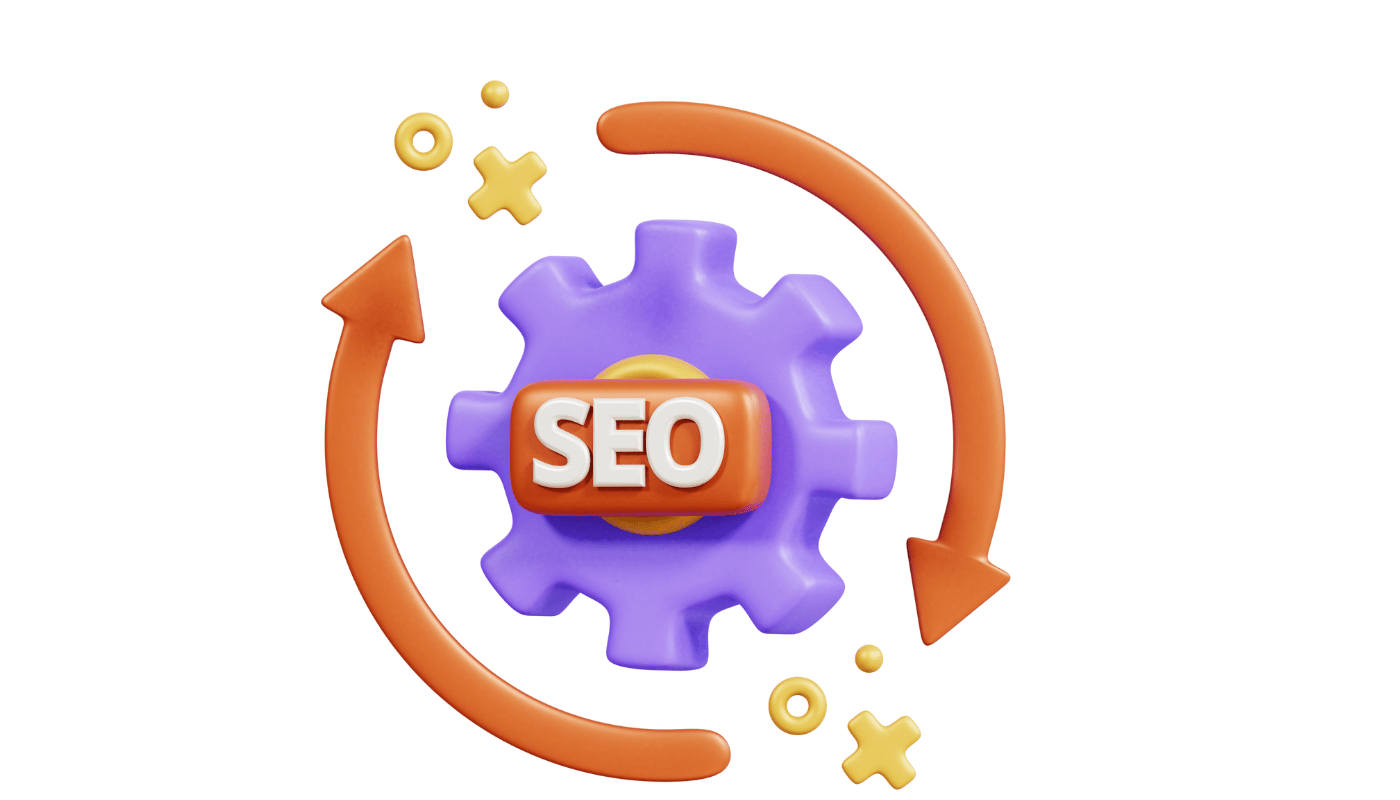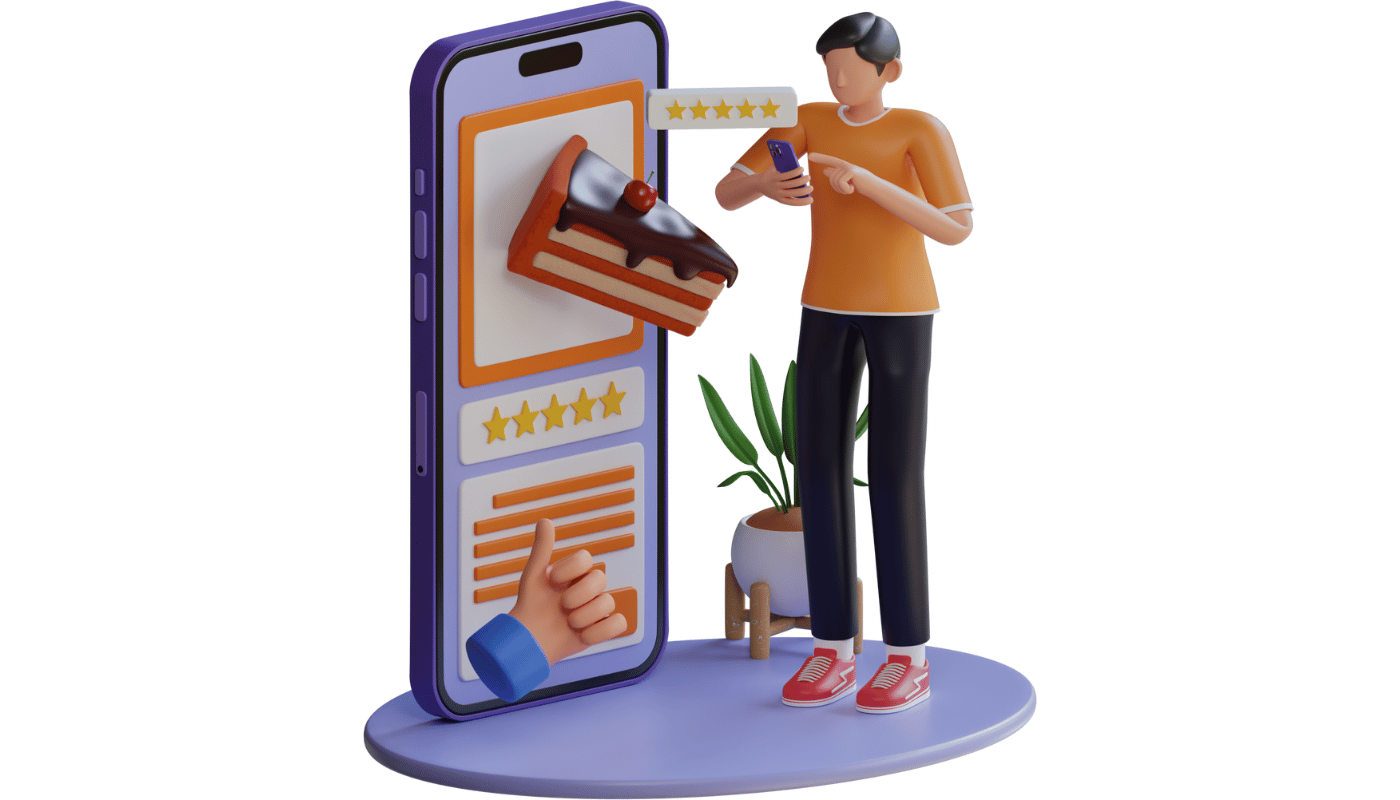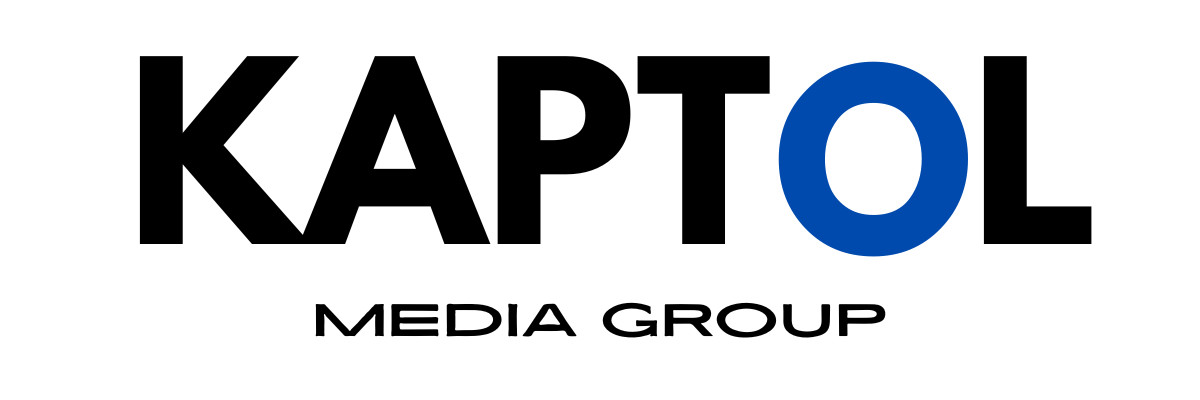Pay-Per-Click Advertising (PPC): Running Targeted Ad Campaigns on Google Ads and Social Media Platforms
Running Targeted Ad Campaigns on Google Ads and Social Media Platforms

In today’s digital landscape, Pay-Per-Click (PPC) advertising has become an indispensable tool for businesses seeking to increase their online visibility, attract potential customers, and boost sales.
PPC offers a highly effective way to reach a targeted audience quickly and efficiently.
Let's delve into the fundamentals of PPC advertising, the benefits of running targeted ad campaigns, and provide actionable strategies for maximising success on platforms like Google Ads and social media.
What is Pay-Per-Click (PPC) Advertising?
Pay-Per-Click (PPC) advertising is a model of internet marketing in which advertisers pay a fee each time one of their ads is clicked.
Essentially, it's a way of buying visits to your site rather than attempting to "earn" those visits organically.
The most popular PPC advertising platforms are Google Ads, where businesses can display ads on Google’s search engine results pages, and social media platforms like Facebook, Instagram, LinkedIn, and Twitter, where ads can appear in users' feeds and timelines.
PPC ads are highly targeted, allowing businesses to reach specific demographics, interests, and geographic locations. Advertisers bid on keywords relevant to their business, and when a user searches for those keywords, the search engine or platform displays the most relevant ads based on the bid amount and ad quality.
Benefits of Running Targeted PPC Ad Campaigns
PPC advertising offers numerous benefits for businesses looking to enhance their digital marketing efforts.
Here are some key advantages:
1. Immediate Results
Unlike SEO, which can take months to show significant results, PPC campaigns can drive traffic to your website almost immediately after the ads go live. This makes PPC ideal for businesses looking for quick wins, launching new products, or promoting time-sensitive offers.
2. Highly Targeted
PPC allows you to reach your ideal audience by targeting specific keywords, locations, demographics, interests, and behaviors. This level of targeting ensures that your ads are shown to the most relevant users, increasing the likelihood of conversions and reducing wasted ad spend.
3. Cost-Effective
With PPC, you only pay when someone clicks on your ad, meaning you’re only spending money on users who have expressed an interest in your offer. Additionally, you can set daily or monthly budgets to control costs and ensure you never exceed your desired spending limits.
4. Measurable and Trackable
PPC advertising provides robust analytics and tracking capabilities, allowing you to measure the performance of your campaigns in real-time. You can track key metrics like clicks, impressions, click-through rates (CTR), conversion rates, and return on investment (ROI), enabling you to make data-driven decisions and optimize your campaigns for maximum effectiveness.
5. Enhanced Brand Visibility
PPC ads are prominently displayed at the top of search engine results or social media feeds, increasing your brand's visibility and authority. Even if users don’t click on your ad, they become more aware of your brand, products, or services.
Running Targeted Ad Campaigns on Google Ads
Google Ads is one of the most popular PPC platforms, offering advertisers the opportunity to display their ads on Google’s search engine results pages (SERPs) and across its extensive network of partner sites.
Here’s how to run targeted ad campaigns on Google Ads:
1. Define Your Campaign Goals
Before setting up your Google Ads campaign, it’s crucial to define your objectives. Are you looking to drive traffic to your website, increase sales, generate leads, or promote a specific product or service? Clear goals will help you choose the right campaign type (Search, Display, Shopping, or Video) and guide your overall strategy.
2. Conduct Thorough Keyword Research
Keyword research is the backbone of any successful Google Ads campaign. Use tools like Google Keyword Planner, SEMrush, or Ahrefs to identify the most relevant and high-performing keywords for your business. Focus on a mix of short-tail and long-tail keywords that match user intent and have a healthy balance between search volume and competition.
3. Create Compelling Ad Copy
Your ad copy should be concise, engaging, and relevant to the keywords you’re targeting. Include a strong call-to-action (CTA) that encourages users to click on your ad, such as "Buy Now," "Get a Free Quote," or "Sign Up Today." Ensure your ad copy aligns with the landing page content to provide a seamless user experience.
4. Set a Budget and Bid Strategy
Determine your daily or monthly budget based on your goals and financial capacity. Choose a bid strategy that aligns with your objectives, such as Cost-Per-Click (CPC), Cost-Per-Thousand Impressions (CPM), or Cost-Per-Acquisition (CPA). Experiment with different bidding strategies to find the most cost-effective approach for your campaign.
5. Use Ad Extensions
Ad extensions provide additional information and increase the visibility of your ads. Utilise extensions like sitelink, callout, location, and structured snippet extensions to enhance your ad’s performance. Ad extensions improve your ad’s click-through rate (CTR) and can positively impact your ad’s Quality Score.
6. Monitor and Optimise Campaign Performance
Regularly monitor your campaign performance using Google Ads’ analytics tools. Keep an eye on key metrics like CTR, conversion rates, and Quality Score. Identify which keywords, ads, or targeting options are underperforming, and make data-driven adjustments to optimise your campaign.
This may include refining your keyword list, adjusting bids, or experimenting with different ad copy.
Running Targeted Ad Campaigns on Social Media Platforms
Social media platforms like Facebook, Instagram, LinkedIn, and Twitter offer robust PPC advertising options, allowing businesses to reach a highly targeted audience based on their interests, behaviours, and demographics. Here’s how to run targeted ad campaigns on social media:
1. Choose the Right Platform
Select the social media platform that aligns with your target audience and campaign goals. For instance, Facebook and Instagram are ideal for B2C businesses looking to reach a broad audience, while LinkedIn is more suitable for B2B companies targeting professionals and decision-makers. Understand the unique features and strengths of each platform to maximise your ad campaign's impact.
2. Define Your Audience
Use the platform’s audience targeting tools to define your ideal customer profile. You can target users based on demographics (age, gender, location), interests (hobbies, activities, pages liked), behaviours (purchase history, device usage), and even life events (anniversaries, birthdays). The more specific you are, the more likely your ads will reach users who are genuinely interested in your products or services.
3. Create Visually Engaging Ad Content
Social media is a highly visual environment, and your ads need to stand out in users’ feeds. Use high-quality images, videos, and graphics to grab attention. Craft compelling ad copy that complements your visuals and clearly conveys your message and value proposition. Test different formats, such as carousel ads, video ads, or slideshow ads, to see what resonates best with your audience.
4. Set Clear Objectives and Budgets
Define your campaign objectives, whether it’s brand awareness, lead generation, website traffic, or conversions. Choose a budget that aligns with your goals and financial capacity. Most social media platforms allow you to set a daily or lifetime budget, providing flexibility in managing your ad spend.
5. Utilize Advanced Targeting Options
Take advantage of advanced targeting options like Custom Audiences and Lookalike Audiences. Custom Audiences allow you to retarget existing customers or website visitors, while Lookalike Audiences help you reach new users who resemble your current customer base. Use these features to refine your targeting and increase the effectiveness of your ads.
6. Analyse and Optimise Performance
Use the platform’s analytics tools to monitor your ad campaign performance. Track key metrics like impressions, engagement rates, CTR, and conversion rates. Identify which ads are performing well and which aren’t, and make adjustments accordingly. Test different ad creatives, formats, and targeting options to optimise your campaign continuously.

Best Practices for PPC Campaign Success
To maximise the success of your PPC campaigns, consider these best practices:
1. A/B Test Your Ads
Experiment with different versions of your ads to identify what resonates best with your audience. A/B testing involves creating two or more variations of an ad (different headlines, images, or CTAs) and measuring which one performs better. Use the insights gained from A/B testing to refine your ad strategy.
2. Optimise Landing Pages
Ensure that the landing pages your ads lead to are optimised for conversions. A well-designed landing page should be relevant to the ad, have a clear CTA, and provide a seamless user experience. Page speed, mobile responsiveness, and content quality all play a crucial role in maximising conversions.
3. Focus on Quality Score
Quality Score is a metric used by Google Ads to measure the quality and relevance of your ads, keywords, and landing pages. A higher Quality Score can lead to lower CPCs and better ad placements. To improve your Quality Score, focus on creating relevant ad copy, using targeted keywords, and optimising your landing pages.
4. Utilise Retargeting
Retargeting, also known as remarketing, allows you to reach users who have previously interacted with your website or ads but did not convert. By displaying targeted ads to these users, you can remind them of your brand, products, or services, increasing the chances of conversion.
5. Monitor Competitor Activity
Keep an eye on your competitors' PPC campaigns to understand their strategies, keyword choices, and ad creatives. Tools like SEMrush or SpyFu can help you monitor competitor activity and identify opportunities to differentiate your campaigns.
Conclusion
PPC advertising is a powerful digital marketing tool that can deliver immediate results, increase brand visibility, and drive targeted traffic to your website. By comparison, SEO is a slower method of gaining visibility.










